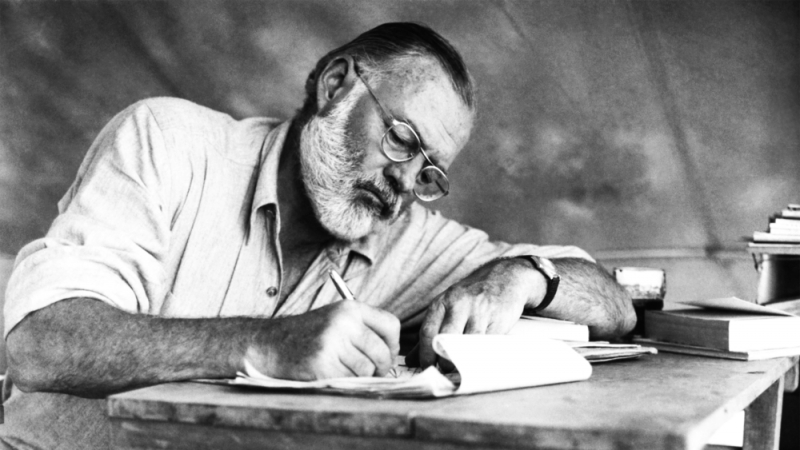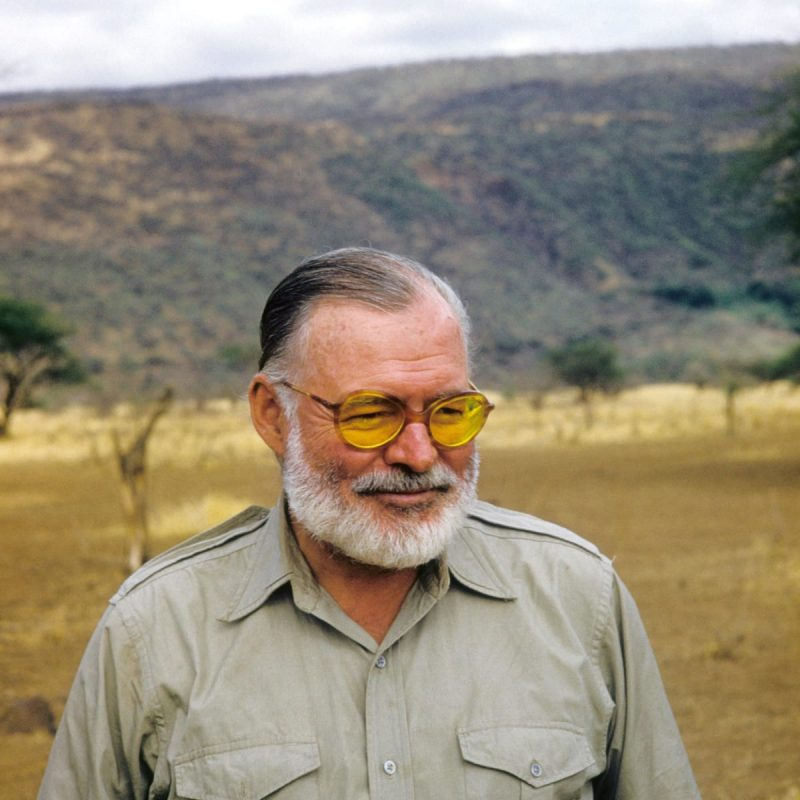Ernest Hemingway

Ernest Hemingway was born in Illinois in 1899 and went on to become a journalist and author. He died in 1961, the second of six children. He had a subtle and clear style that had a significant impact on twentieth-century literature. Furthermore, his adventurous life and public image affected future generations. "To know how to write, you must first know how to read," Ernest Hemingway once observed.
In high school, Hemingway worked on the school newspaper, and after graduation, he went to work for The Kansas City Star. He then proceeded to Paris to serve as a foreign journalist for Star. While in Europe, he and his first wife went to the San Fermin Festival in Pamplona, Spain. This provided him all the impetus he needed to pen his first novel, "The Sun Also Rises," in 1925. This was recognized as his greatest work since it creatively handled the disillusionment caused by the war. He worked as a correspondent when the United States entered World War II.
In the 1920s, Hemingway was seen as a forerunner of the modernist movement. He is also recognized for "For Whom the Bell Tolls" and "A Farewell to Arms." The latter was influenced by his experiences during the Spanish War. In 1953, he won the Pulitzer Prize for fiction, and in 1954, he was awarded the Nobel Prize in Literature.
Ernest Hemingway had a fascinating life and wrote some of American literature's most beloved masterpieces, including "The Old Man and the Sea." He published two novels, three novellas, six short story collections, and four nonfiction works in all. In addition, Hemingway penned four plays and four screenplays. When he wasn't writing, he lived an adventurous existence. Big game hunting in Africa, bullfighting in Spain, and deep-sea fishing in Florida were among the activities.
Hemingway committed suicide in 1961, after suffering melancholy and injuries from his numerous escapades. Posthumously, he had three books published: "Islands in the Stream" (1970), "The Garden of Eden" (1986), and "True at First Light" (1999).











